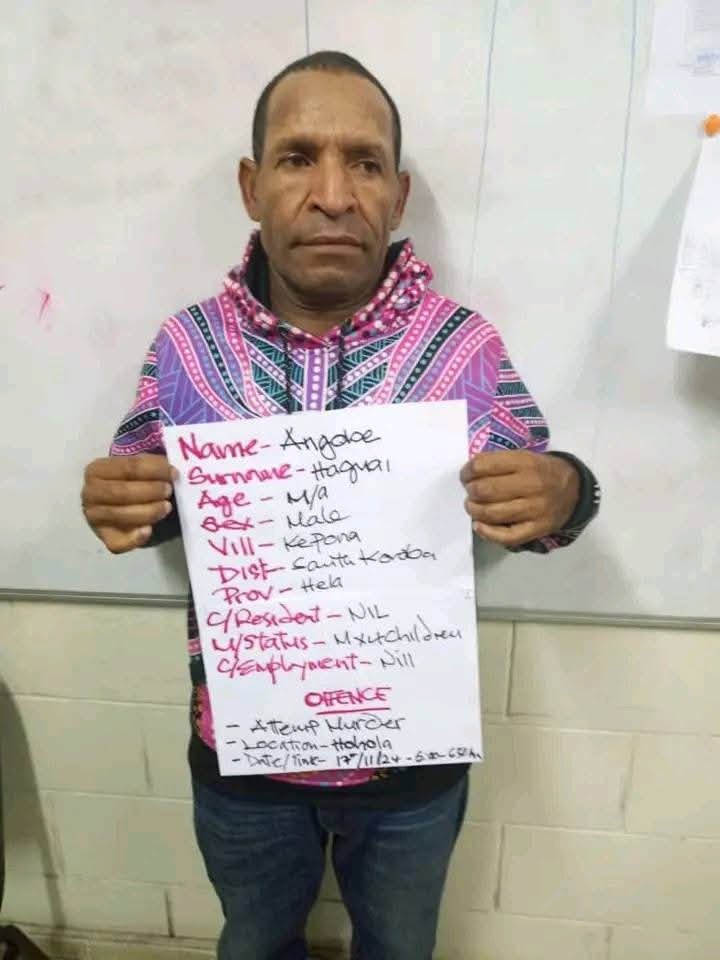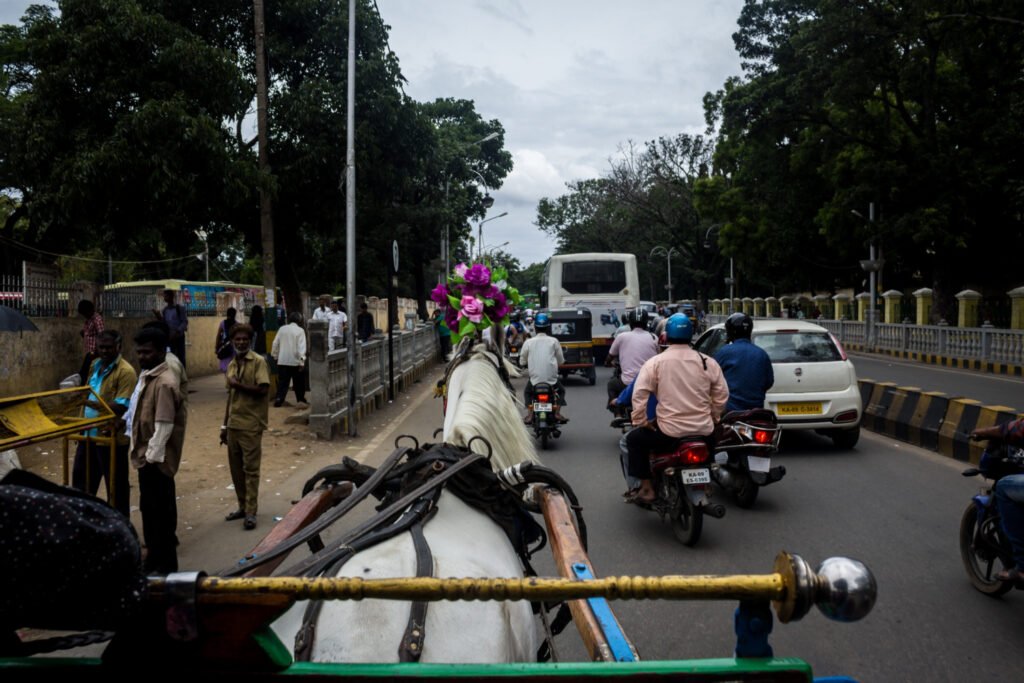In April 2025, the West New Britain province was rattled by a 6.9-magnitude offshore earthquake, triggering tsunami alerts and sparking a swift national emergency response. The event, centered near Kimbe, reignited critical conversations across Papua New Guinea about the country’s disaster preparedness, response infrastructure, and political coordination.
While casualties were limited and tsunami waves remained minor, the tremor served as a wake-up call—not just for local residents, but for national policymakers.
Rapid Response Under Pressure
Within hours of the quake, the National Disaster Centre (NDC), PNG Defence Force, and provincial authorities launched joint efforts to assess damage and assist impacted communities. Emergency supplies were airlifted to coastal villages, while police and volunteers worked to evacuate those in low-lying areas.
Prime Minister James Marape issued a public statement from Port Moresby, commending first responders and emphasizing PNG’s vulnerability to seismic threats.
“We are located on the Pacific Ring of Fire. This isn’t the last earthquake we’ll face—but it can be the start of a better system,” he said.
The Policy Gaps Exposed
Despite the quick mobilization, cracks in PNG’s disaster resilience became visible. Many rural areas reported delayed communication, lack of siren systems, and limited evacuation planning. Several local leaders called for more decentralised emergency authority and permanent disaster teams stationed in risk-prone regions.
Meanwhile, geologists warned that urban expansion in seismically active zones, such as Kimbe, Rabaul, and Madang, remains a major concern.
What’s Changing?
In the weeks following the quake, Parliament began reviewing updates to the National Disaster Risk Management Framework, with discussions around:
- Community-based early warning systems powered by mobile alerts
- Disaster-resilient infrastructure codes for schools, clinics, and homes
- Tsunami evacuation mapping in all coastal districts
- Cross-border data sharing with Pacific neighbours via the Pacific Resilience Partnership
International partners including Japan, Australia, and the UNDP have pledged support for technical training and funding disaster risk reduction projects.
Local Voices, National Urgency
In Kimbe town, residents shared mixed emotions: relief that no lives were lost, but frustration over ongoing vulnerability. “We need more than prayers—we need drills, gear, and plans,” said one secondary school teacher whose building sustained minor cracks.
The quake also prompted new calls for school-based awareness programs, ensuring children know what to do when the ground shakes.
Building a Resilient Future
As climate change intensifies weather events and tectonic risks remain ever-present, the Kimbe earthquake could serve as a turning point for PNG’s national resilience strategy. But as experts warn, it will require political will, long-term investment, and community-level involvement.
Because in a nation shaped by mountains, volcanoes, and ocean plates—preparedness is survival.

















